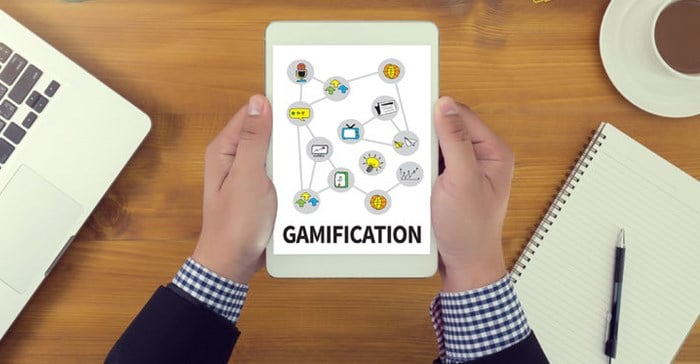
But what if the problem isn’t millennials? What if it is the counter-intuitive way businesses are designed and millennials are but the first to refuse in such large numbers to play along?
A lot of the tasks people are expected to perform at work are routine and repetitive. Day in and day out it’s the same thing. This is by design. The more time a person spends performing a task, the faster they can perform it the next time. This is great for the business. But the problem is that this kind of repetition doesn’t come naturally to many people.
This is particularly evident in the contact centre environment, where employee engagement is typically low and the type of work is task-driven and routine-based. The high staff turnovers in the industry don’t help either.
This is why I am excited about the possibility of gamification in the workplace. The word is thrown around a lot but few people really understand what it means. Its definition – the application of game design principles to non-gaming contexts – doesn’t convey the more fundamental shift gamification entails.
For decades, game designers have been enticing players to part with their hard-earned money to buy a game and voluntarily spend hours mastering it. Companies would part with millions for that level of commitment from their employees.
So what do game designers know about human beings that companies seemingly don’t?
Well, it’s that we are at our best when we can see clearly how the tasks we perform on a minute-by-minute, day-to-day basis fit into the bigger picture. We like living in stories and feeling like we are making progress. We like to cooperate and compete with each other, and we like to be rewarded for our successes.
Game designers have been successfully deploying this knowledge of human beings in their game design. But can this be applied to the design of business solutions?
Absolutely. That is what gamification is all about. It’s not necessarily about fancy graphics and new hardware. Gamifying the workplace entails packaging the employee experience into a coherent story that ties together the tasks employees perform with the business’s objectives.
Employees can then ‘play’ this story each day, see their progress relative to peers, and learn and earn rewards along the way. This, in turn, leads to enhanced efficiency and productivity and personal development for individuals as part of teams.
It also provides at-a-glance performance monitoring for managers of individuals and teams. In a contact centre environment, this could directly translate into more engaged and motivated employees, better customer service, and an improved customer experience.
It can be a complex process to gamify a business process or unit, or even the whole business. This is why we’re seeing more and more providers of business products offer out-of-the-box solutions that are “gamified”.
But because gamification is so poorly understood, not all solutions on offer are created as equals. Understanding how to apply these principles to a specific environment to drive the best results is key.
The best gamified business solutions allow people to be more human at work, to have fun, to share and to turn routines into rich, rewarding experiences.
